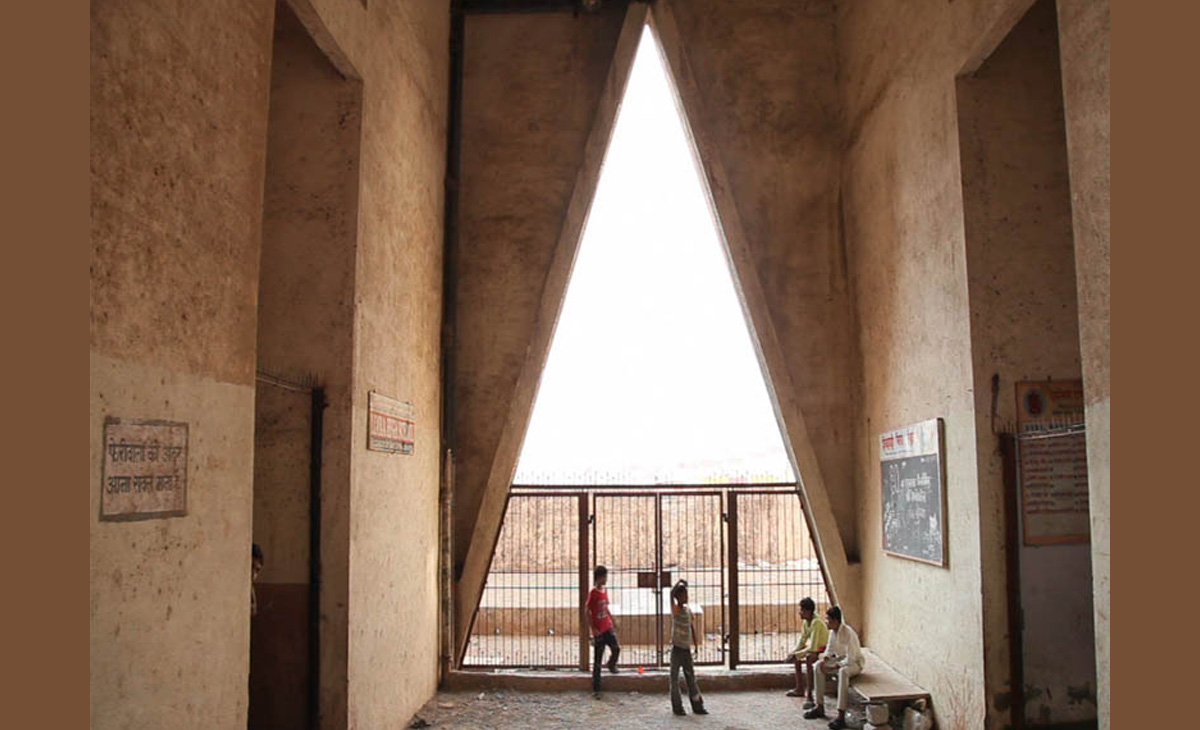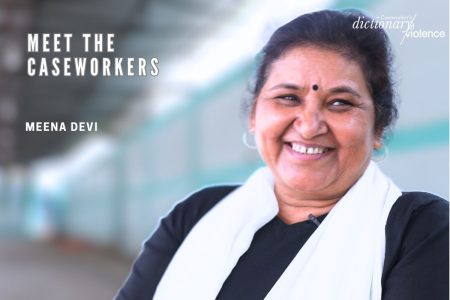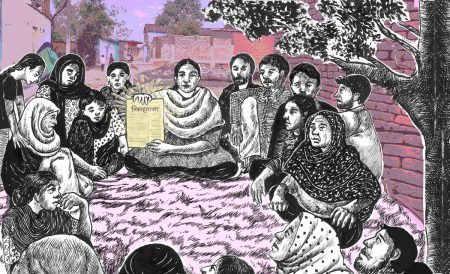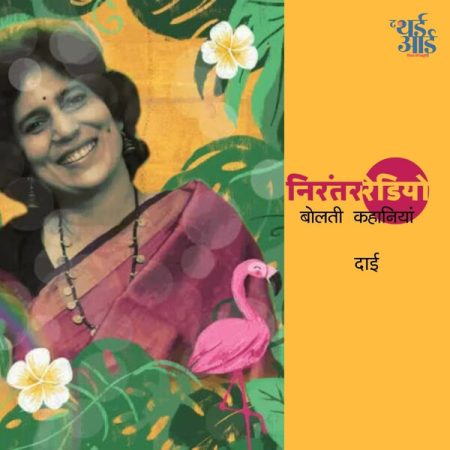Lists, of any kind, are subjective and offer a partial view. Given the rich history of non-fiction films in India on the urban – across time and geography – condensing them into a list will always be an incomplete task. But here is one, a taster menu if you please.
Perhaps one way to think about the films on this list is to see them as an opening of a conversation of not just cinema and the city, but also of ideas and formal preoccupations that the filmmakers are invested in, and their connections. This, I hope, will lead to a more sustained engagement with the non-fiction form, and ways of thinking of our cities beyond the lens of policy, academia and urban planning.
The task of any art form is its ability to create a space of experience, pleasure and reflection, and non-fiction films are no different.
The films in this list are an invitation to reflect on questions these films raise, and take forward the open window of ideas and aesthetics the films open us to.
1
The Burning Sun (1973, Dir. S.N.S. Sastry)
The film is a critique of the living conditions of slum dwellers in the city of Bombay – the candid interviews of slum dwellers reveal their scathing reactions to the slogan of Garibi Hatao (eradicate poverty) and the pretensions of politicians and policy-makers.
Why you should watch the film: It’s a subversive film, made under the aegis of the government controlled Films Division, shining a light on the gap between policy and people.
2
Bombay Our City (1985, Dir. Anand Patwardhan)
Bombay Our City tells the story of the daily battle for survival of the 7.8 million slum dwellers of Bombay who make up 65% of the city’s population. Although they are Bombay’s workforce – industrial labourers, construction workers, domestic help – they are often denied city utilities like electricity, sanitation, and water.
Bombay Our City is an indictment of injustice and misery, and a call to action on the side of the slum dwellers.
Why you should watch the film: It’s one of the first independent non-fiction films on Mumbai that brings our attention to the invisibilized labour-force that keep our cities running.
3
Kya Hua Iss Shehar Ko? (1986, Dir. Deepa Dhanraj)
Explores the processes of political manoeuvring which led to the Hyderabad communal riots in 1984. The city’s history, the provocative speeches of its politicians, and the instrumentalization of religious processions stand next to the testimonies and the striking visual accounts of the Old City’s working-class – those who lose their livelihoods through violent attacks and long periods of imposed curfew.
Why you should watch the film: One of the early non-fiction films that document riots as they happen – before cameraphones.
4
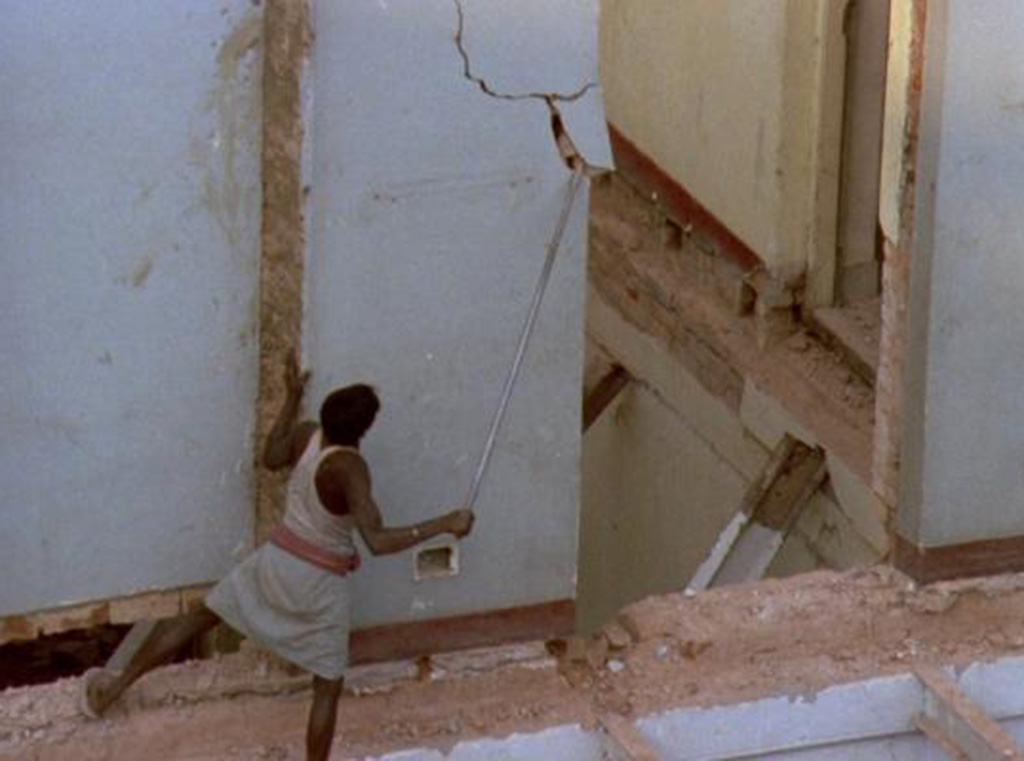
Tales from Planet Kolkata (1993, Dir. Ruchir Joshi)
Part fiction, part spoof, part essay, part documentary, the film is a critique of Western media’s construction, from the 1960s to the 1990s, of Kolkata as ‘the black hole’ and ‘the worst place in the world’. The film asks questions about one’s sense of place and belonging, about the links between memory and image, and about the permanence and transience of this thing we call ‘culture’.
Why you should watch the film: A formally inventive film that blurs the boundaries of form, and questions the Western Gaze on our own image making.
5
Q2P (2006, Dir. Paromita Vohra)
Q2P is a film about toilets and the city. It sifts through the dream of Mumbai as a future Shanghai and searches for public toilets, watching those who have to queue to pee. The toilet becomes a riddle with many answers and some of those answers are questions – about gender, about class, about caste and most of all about space, urban development and the twisted myth of the global metropolis.
Why you should watch the film: This is one of the first films that looks at women’s access to toilets in the city of Mumbai, before it became commonplace to speak about it. While the film is set in Mumbai, the questions that the film raises about gender, class and space are universal.
6
The Other Song (2009, Dir. Saba Dewan)
The film journeys across Varanasi, Lucknow and Muzaffarpur, India and traces the lost traditions and the culture of tawaifs (courtesans of North India). Weaving the past with the present, it spans between personal stories as it interacts with historical events, ultimately, leading to the decline of a great art form.
Why you should watch the film: While the film is the search for a lost song and the forgotten histories of tawaifs, it is as much the story of cities like Varanasi, Lucknow and Muzaffarpur and the cultural forms that they gave rise to and nurtured.
7
Vertical City (2011, Dir. Avijit Mukul Kishore)
In the far suburbs of Bombay, residents from slums are given free houses in high-rise building complexes with the promise of a better life. But the project is seen as a move to free prime slum land for commercial development. The complexes soon degenerate into places worse than slums.
Why you should watch the film: The film through its imagery and sound manages to convey the claustrophobia the residents have to live with in rehabilitated colonies. It’s one of the few films that engages with the archives of the Films Division, and draws upon earlier histories and film traditions to tell a visceral, contemporary tale of homes in the city.
8
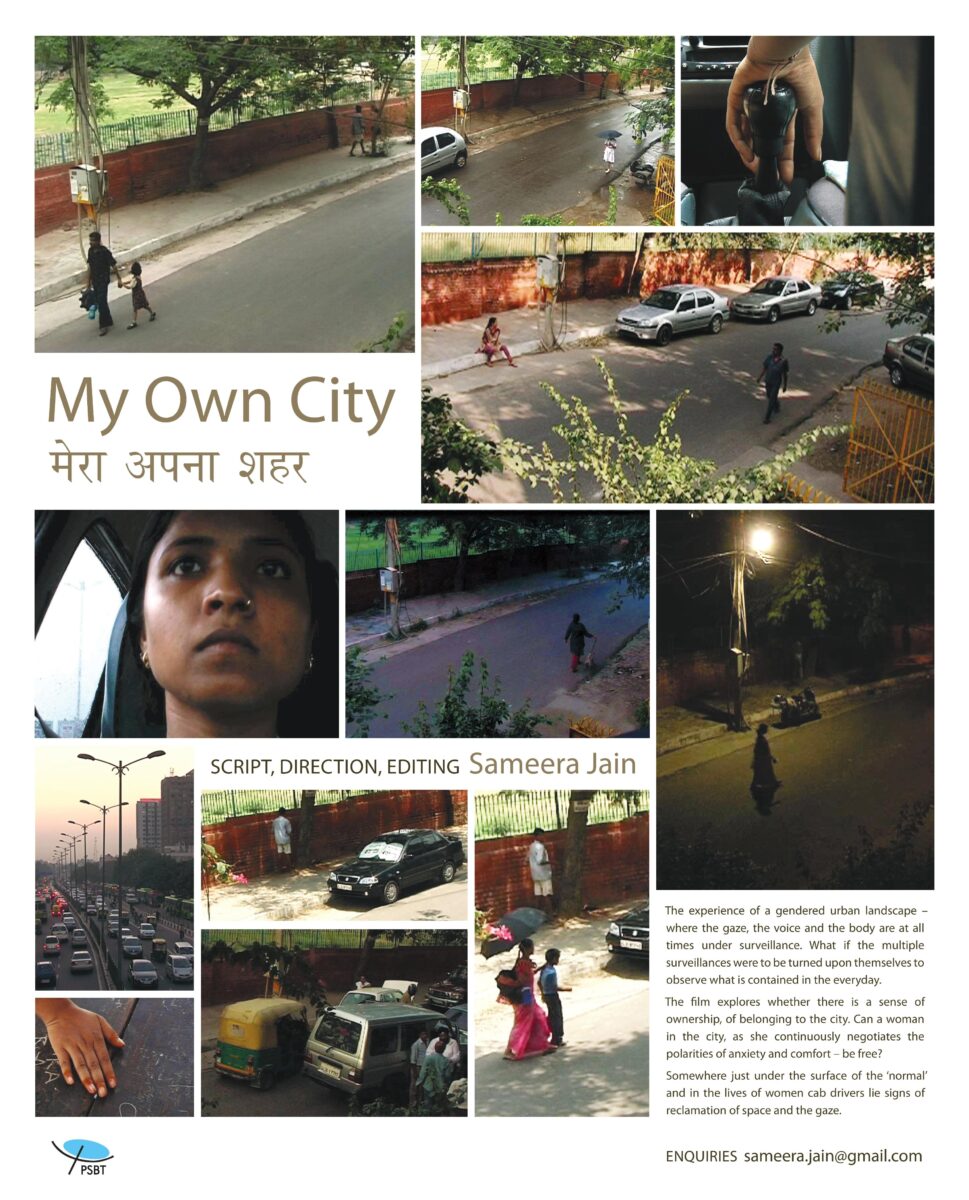
Mera Apna Shehar (2011, Dir. Sameera Jain)
The Film explores how women access and experience the urban landscape in the city of Delhi. In the context of constant and controlled surveillance, can women really belong and have ownership over their city spaces? Be free?
Why you should watch the film: The film explores what it means to be a flaneur in the city of Delhi and the dangers that are embedded in it. The filmmaker uses a combination of experimental and pedagogic filmic approaches to explore a city through the lens of gender.
9
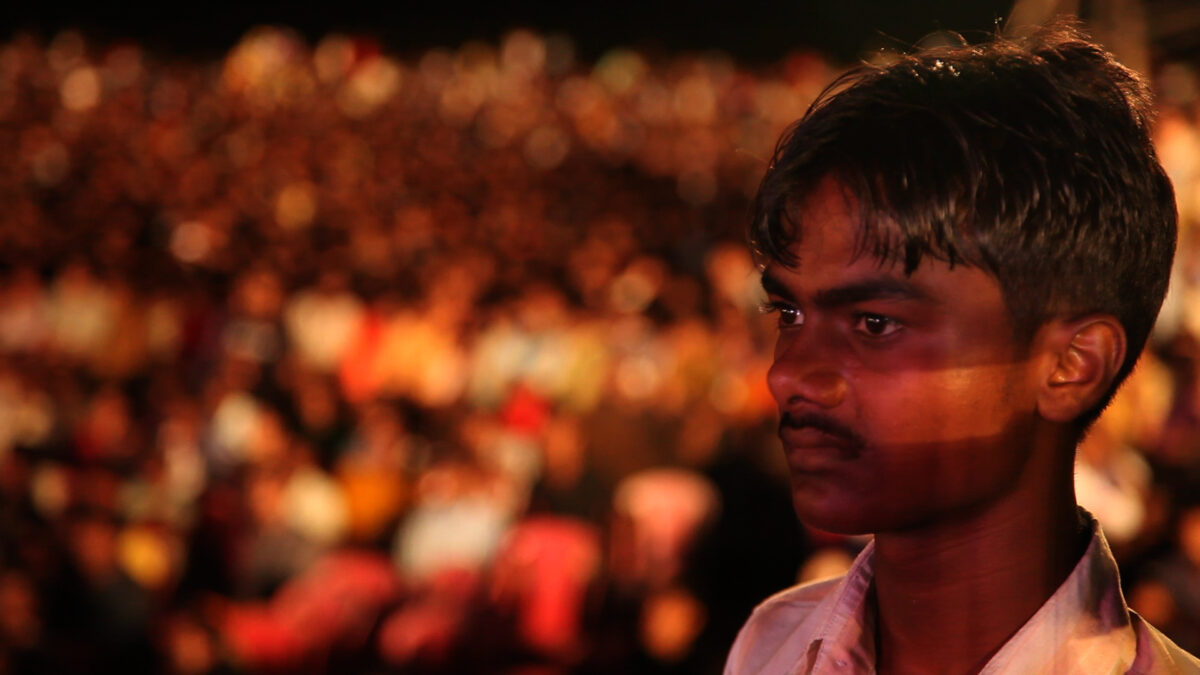
Bidesia in Bambai (2013, Dir. Surabhi Sharma)
Bidesia in Bambai is a feature-length film that attempts to make the migrant visible, in a city that renders him illegal and unwanted, in and through the musical sphere that he inhabits. This is a story of music, migration and mobile phones.
Why you should watch the film: A film that is set in the city of Mumbai holds within it the figure of the migrant worker, his relationship to the world of music, and technological encounters. The film attempts to bring to the centre of our gaze subaltern cultures and bodies that inhabit the city.
10

Distance (2014, Dir. Ekta Mittal and Yashaswini Raghunandan)
A faraway village set amidst a growing metropolis where the workers narrate stories of love and longing.
Why you should watch the film: Part of the “Tin Sheet” project which follows the lives of migrant workers constructing the Bangalore metro, Distance explores the workers lives through the intimate lens of love and longing within the larger framework of migration, labour and the city of Bangalore.
11
Cities of Sleep (2015, Dir. Shaunak Sen) – (Trailer)
The film takes us into a heady world of insurgent sleepers’ communities as well as the infamous ‘sleep mafia’ in Delhi where just securing a safe sleeping spot often becomes a question of life and death for a large number of people.
Why you should watch the film: A film that explores the relationship between sleep and those who inhabit the streets of Delhi. Shot in a part ethnographic and part poetic mode, the film is an invitation to think of the city and those who inhabit its margins, beyond the lens of victimhood.
12
Chasing Tails (2017, Dir. Tangella Madhavi)
Every night, Muneera Shaikh can be seen walking through the desolate western express highway with a bag of food gently tucked on her back. Stray dogs and cats anxiously wait for her along the footpaths and boundary walls. Chasing Tails encapsulates the dramatic life of Muneera, an animal feeder living in Mumbai. The film presents her encounters at night, struggles and compassion.
Why you should watch the film: Shot entirely at night, the film shines a light on individuals and their relationship to non-humans and its ecosystem in the city, and what it means to inhabit the city at night as a woman.
13
Yeh Freedom Life (2019, Dir. Priya Sen) (Trailer)
Filmed in Ambedkar Nagar, a dense, largely working class area in South Delhi, Yeh Freedom Life tries to keep up with its protagonists, as they manoeuvre erratic and unpredictable love.
Why you should watch the film: Set in a beauty parlour in a working class colony of Delhi, the film provokes the viewer to challenge their own notions around love, sexuality, family, pleasure and politics through the lives of people visiting this parlour.


